A cutting cycle is a period when you’re trying to lose weight and more specifically – to lose body fat while maintaining muscle mass. It’s another phase that bodybuilders often resort to in order to achieve their body goals. Cutting and weight loss are very similar with the main difference being in the fact that people searching for weight loss don’t really care about muscle maintenance. During a cutting cycle, however, you try to maintain as much lean muscle as possible.
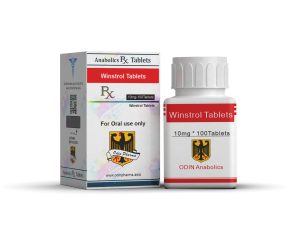 Cutting is basically the opposite of bulking when it comes to calories. However, there are still a lot of similarities between bulking vs cutting diets. Moreover, in both cycles, you should hit the gym hard. Yet, there are differences when it comes to the specific workouts and exercises that you’re following for bulking vs for cutting cycles.
Cutting is basically the opposite of bulking when it comes to calories. However, there are still a lot of similarities between bulking vs cutting diets. Moreover, in both cycles, you should hit the gym hard. Yet, there are differences when it comes to the specific workouts and exercises that you’re following for bulking vs for cutting cycles.
If you’re using anabolic steroids, pay attention to the type of steroids and the dosage. We can help you determine the best cutting steroids for you and your goals. However, it’s extremely important to remember that you need to follow a proper cutting phase during the use of cutting steroids for them to actually help you. It means you need enough sleep and rest with a proper diet plan (nutrition) and workout plan (training) for cutting purposes.
Cutting vs Bulking
If you are unsure whether you should be bulking or cutting, you first need to determine your goals that would. If you aim at gaining weight, size, strength, and muscles then you most likely need a bulking cycle. If you’re attempting to burn fat and lose weight, then you most likely need a cutting cycle. Moreover, you need to pay attention to your current body fat percentage. If it’s too high, you may need a cutting cycle first, then go through the bulking.
A lot of bodybuilders often use a lot of calories and they are hitting weights very intensively during the bulking cycle in order to build as much muscle mass as possible. However, because of the high calorie intake, most people add a little bit of fat during the bulking cycle, which is completely normal. In order to reduce the excess fat, they go through a cutting cycle.
- It means they are lowering their caloric intake and start performing more cardiovascular exercises in order to burn fat and reveal muscle gains during bulking.
That’s different from bulking in that during bulking you consume more calories than maintenance while during cutting you consume less calories than maintenance. In both scenarios, you hit the weights, but during cutting cycles, you don’t use the same heavy weights. You are rather doing more cardio and while you do weight training, the weights are lighter. There are a couple of different things too.
Bodybuilders usually start their cutting cycle in preparation for an event to reveal their muscles getting a hard and ripped physique.
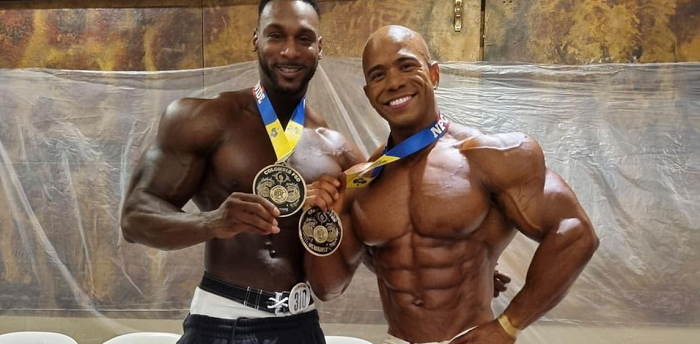 Losing Fat and Gaining Muscles Simultaneously
Losing Fat and Gaining Muscles Simultaneously
While it’s sometimes possible for some people to burn fat and grow muscles simultaneously, especially if they are on anabolic steroids, it’s not as effective as bulking and cutting. First off, if you’ve been in weight training and dieting for years – doing it simultaneously is almost impossible. Second, when you’re cutting you need fewer calories, when you’re bulking you need more calories. By maintaining around the calories for maintenance, you may not reach your goals or won’t reach them as fast and effectively.
As said, that’s especially when talking about gaining the last little pounds of muscles that bodybuilders go for, or losing the last little bit of body fat. Losing fat requires you to consume fewer calories than you’re expending through your activity (exercise and daily activity).
- To achieve these 2 goals you’re basically required opposite mechanisms in dieting and training. That’s why it’s much easier to bulk up and then cut, or the other way around.
Cutting Diet
When you’re cutting, you should restrict the calories you use. Many bodybuilders follow a very drastic decrease in calories but that’s putting your body at risk of losing muscles too. That’s why I recommend that you follow a 10-30% rule. Decrease calories under maintenance by about 10% and see how it goes. You can reach up to about 30% under your maintenance calories. You can go lower, but it puts you at an even higher risk of losing muscles. The same 10-30% rule applies to bulking cycles, but it’s over maintenance.
I wouldn’t recommend you to rush weight loss. The quick-fix diet doesn’t work. The major lifestyle changes only occur when you consistently stick to a diet plan. Moreover, as said, you would need to make sure that you don’t lose muscles during a cutting cycle. But a rushed weight loss and drastic decrease in calories will likely end in losing muscles.
Calories
In order to calculate your maintenance calories, use online calorie calculators. They determine it by entering your age, gender, weight, and height as well as your weekly activity level.
Let’s say for example that you need 3,000 calories per day for maintenance. Then you’ll need 2,100-2,700 calories a day for losing weight and fat.
Usually, during a cutting cycle, the carbohydrates (carbs) and fat are lower in comparison to a bulking cycle. Nonetheless, you still maintain the protein high in order to prevent loss of muscle mass during the cutting cycle.
Considering that you’re not going through the same intense and heavy weight training, you don’t need as many carbs either. Nonetheless, you’ll still need weight training during a cutting cycle (we’ll get into this later).
Macronutrients
As with bulking cycles, calculate your macronutrients. Proteins, Carbohydrates (Carbs), and Fat. Usually, out of your 100% calorie intake, (which again, should be 10-30% lower compared to your maintenance calories during a cutting cycle), you need around 10-20% of fats, and 20-40% of carbs, and 40-60% of protein.
So, again, assuming you’re aiming for 2,500 calories per day for a cutting cycle, remember that a gram of protein and a gram of carb is 4 calories while a gram of fat is 9 calories. You would therefore need about 56 grams of fat (x9 = 500 calories = 20% out of 2500 calories); 250 grams of carbohydrates (x4 = 1000 calories = 40% out of 2500 calories) and you’re left with 40 % of protein which is 1000 calories / 4 = 250 grams of protein per day.
Maintain proteins high. At least 1 gram per pound of bodyweight (about 2.2 grams per kilogram of body weight).
That’s why it is important to avoid junk food. They are adding on calories without adding too much to macronutrients. And there’s much more that we can mention when talking about fast foods/ processed foods/ junk foods such as their micronutrients either. The fact that they don’t offer vitamins and minerals.
So, eat in caloric deficit with enough macronutrients especially when it comes to protein.
Supplements and Steroids
You could also take supplements during a cutting cycle such as amino acids, protein shakes, weight loss compounds like L-Carnitine, and others. Naturals and herbs may be helpful too. Also, you may search for vitamins and minerals too. While they are not as effective as anabolic steroids, obviously, they may still help.
They could also be helpful even if you do add anabolic steroids for your cutting cycles. Supplements, herbal compounds, vitamins, and minerals could help prevent and minimize the side effects associated with the use of anabolic steroids.
Steroids are highly effective during bulking to aid muscle growth. But they are highly effective during cutting to assist your fat burning process and especially maintain the lean muscle tissues. They greatly reduce the risks of losing muscles during a cutting cycle. They work in both ways – assist fat loss and grow/maintain lean muscle tissues.
Cutting Training
It’s very important to continue working out during cutting cycles in order to avoid muscle loss AND to assist in fat burning. Through exercises, you’re having a higher daily caloric expense that helps you burn fat. So, it’s important to work out frequently and intensively.
Strength – Weight Training
Many people reduce their weights because they do not have the same high level of carbohydrates and overall calories that give the required energy to work out with the same weights and recover as fast from intense workouts. Nonetheless, the weight might remain the same or if you reduce it – only slightly. Point is – do not attempt breaking your personal lift records during cutting cycles.
Remember that it is possible to lose a little bit of muscles due to fewer calories than your body is expending. Strength training helps you avoid this, especially in combination with the right anabolic steroid. That’s why maintaining strength workout intensity is going to avoid muscle atrophy.
It’s important to remember that during strength training, you shouldn’t expect significant gains if any. Specifically, resistance exercises are best known for helping to maintain lean muscle tissues during the calorie deficit diet. With all that being said, it’s essential for you to continue your strength training regimen.
The best is to maintain the lifts – do not increase nor decrease the weights. Only increase if you’re sure you can do it.
Cardiovascular Exercises
Another thing that’s very different from bulking cycles is that strength training might not be daily but only a few times a week. However, you should still train 5-6 times a week (or even often). That’s because you’ll need to add a lot of cardiovascular exercises to burn as many calories as possible. That’s not common for bulking cycles when you want to put all those calories into weight training for hypertrophy (growing as many muscles).
When you’re cutting, you need to focus on those exercises that are getting your heart rate up as they are most helpful in significant calorie burn. That’s exactly what you’re aiming for – to burn the excess calories (fat) during the workout.
That’s why, unlike bulking cycles, you need to modify your training routine in order to make it more active and dynamic. Aim for keeping your heart rate up. It’s different from hypertrophy training (in bulking) that you need to reduce rest times, and weights and you could also use super sets as they are very helpful.
Start your plan with cardio exercises. You could mix them with HIIT (high intensity interval training) workouts as they are excellent fat burners. They could help you burn fat faster in shorter periods of time.
Moreover, try to increase your overall daily activity. You get fewer calories but your muscles don’t need as much recovery either (considering that you don’t aim to tear every single muscle fiber as in bulking). So you could increase your LISS (low intensity steady state) training. It involves more daily activity and an overall active lifestyle such as walking, swimming, jogging, cycling, etc.
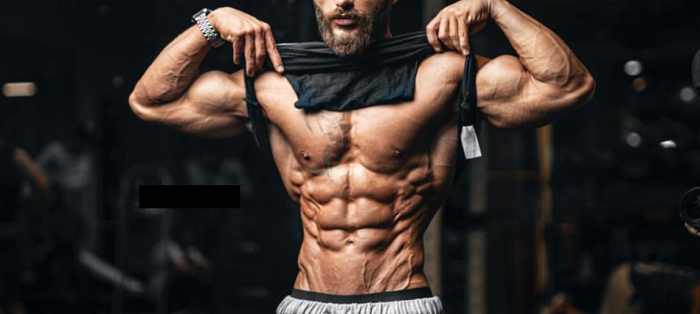 In The End
In The End
I highly recommend you learn and understand the benefits and the risks before starting either a bulking or a cutting cycle. I also highly recommend taking it easy and don’t rush things too fast. Most importantly – listen to your body.
We’re all different with different responses. What works for one, might not work for another. Moreover, what is 3,000 calories for a person a cutting cycle, for another might be a bulking cycle. For one bench pressing 150 lbs might be a personal record, for another might be his warm up.
Some bodybuilders might go for unhealthy cutting cycles such as extremely reducing calories and even restricting water for certain periods of time prior to their event. At the same time work out multiple times a day to pump the muscles and make them appear bigger.
You definitely don’t have to follow such a drastic regimen if you simply want to impress girls on the beach.
If you’re searching for the best cutting steroid cycles, we can help you with more information about the type of steroids and their dosage that you may need. Also, at supps-for-life.to you would find the best quality anabolic steroids on the market for the cheapest prices.

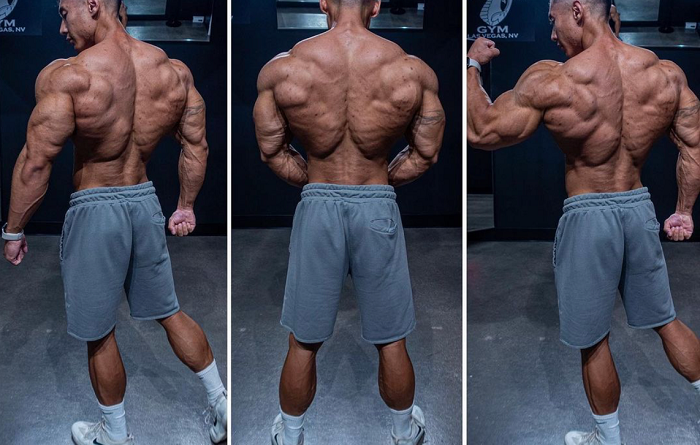
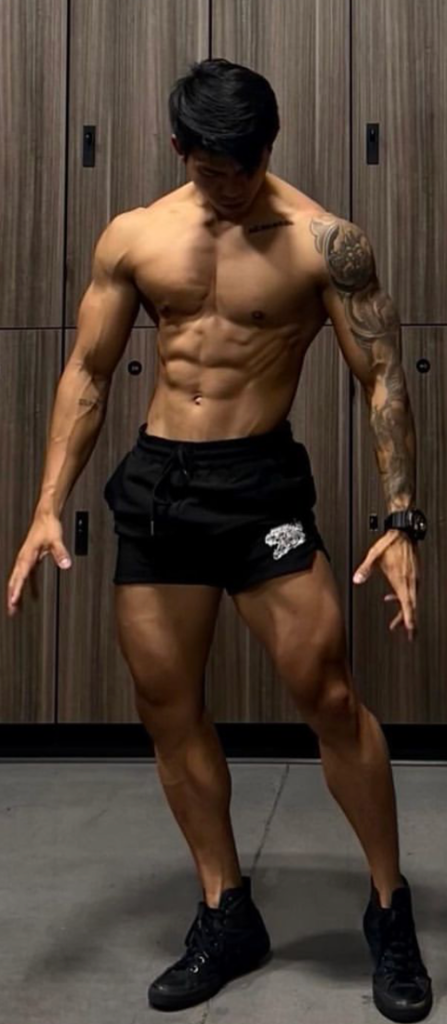
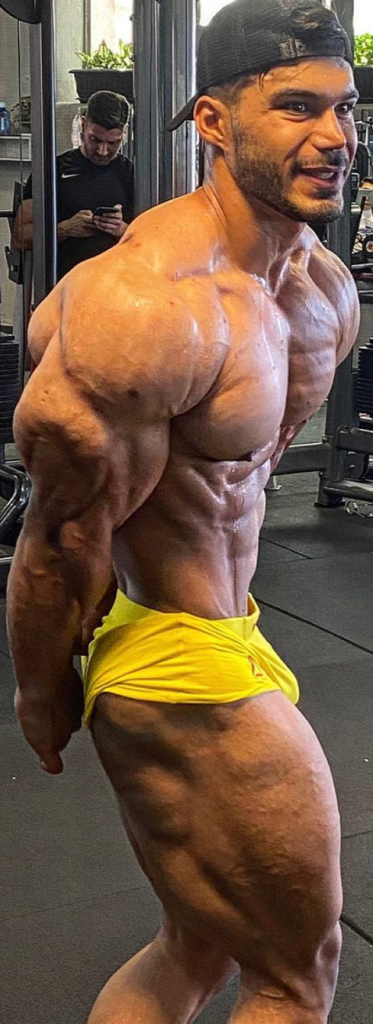

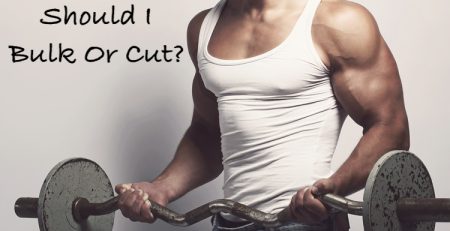


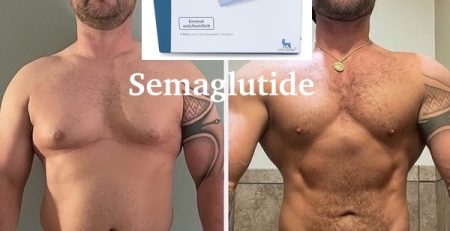
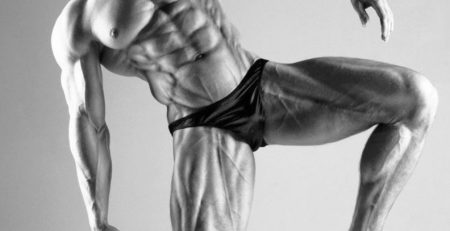
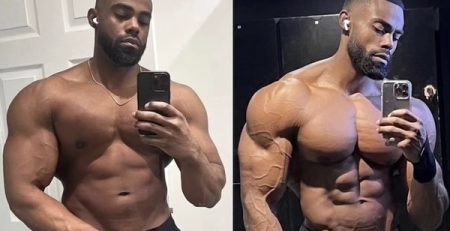

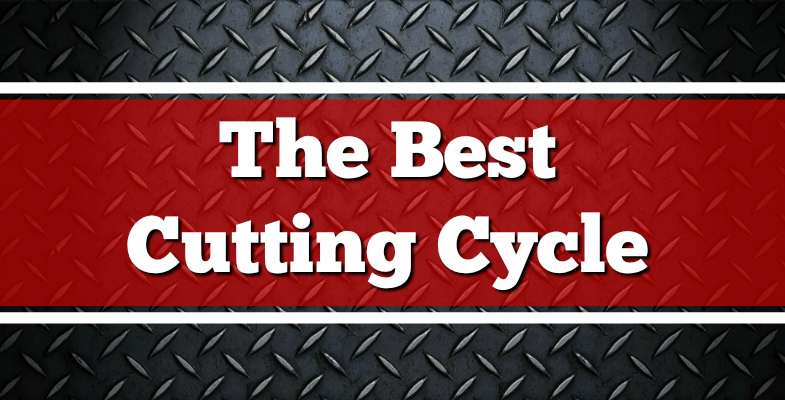

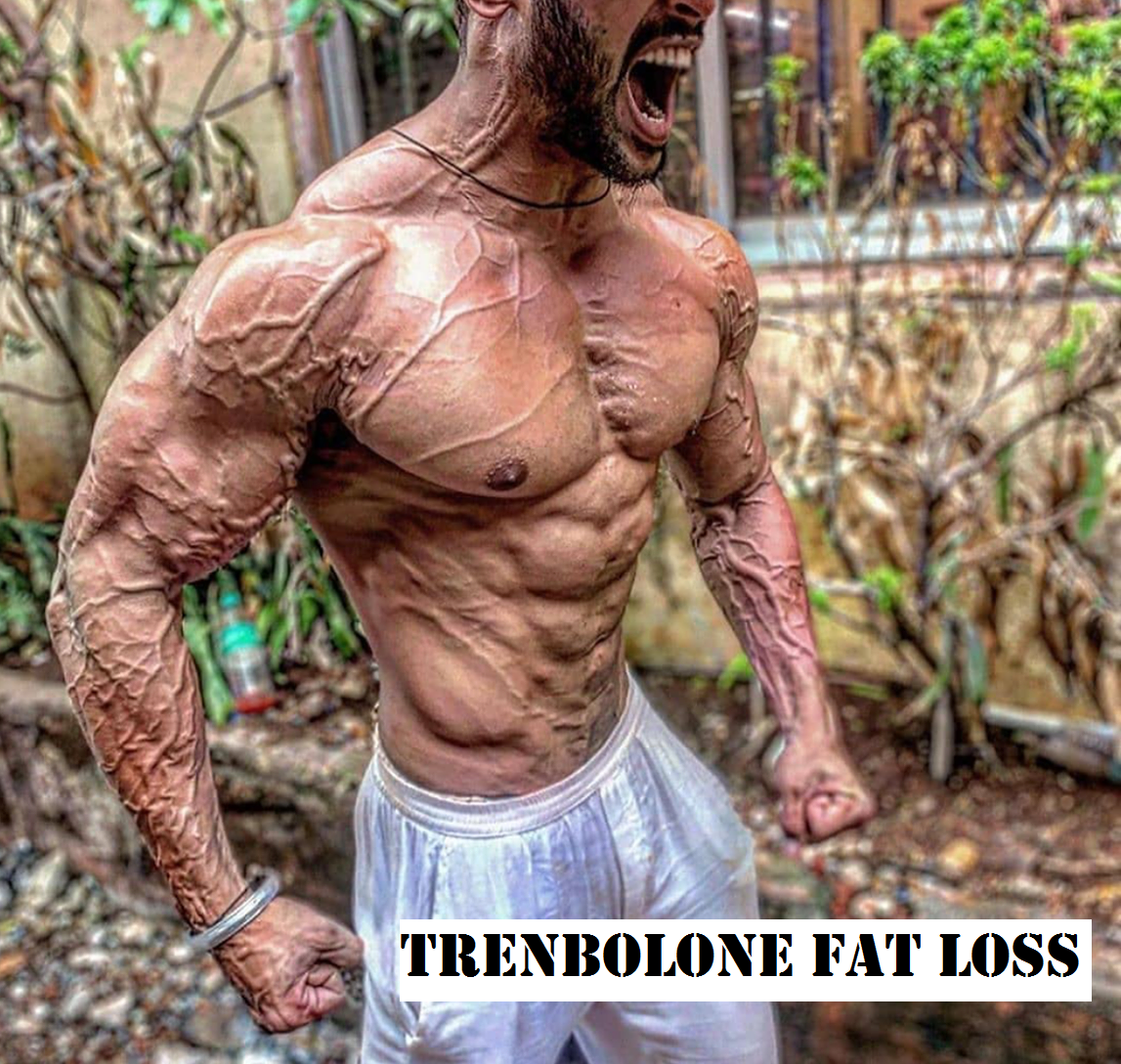


Leave a Reply
You must be logged in to post a comment.